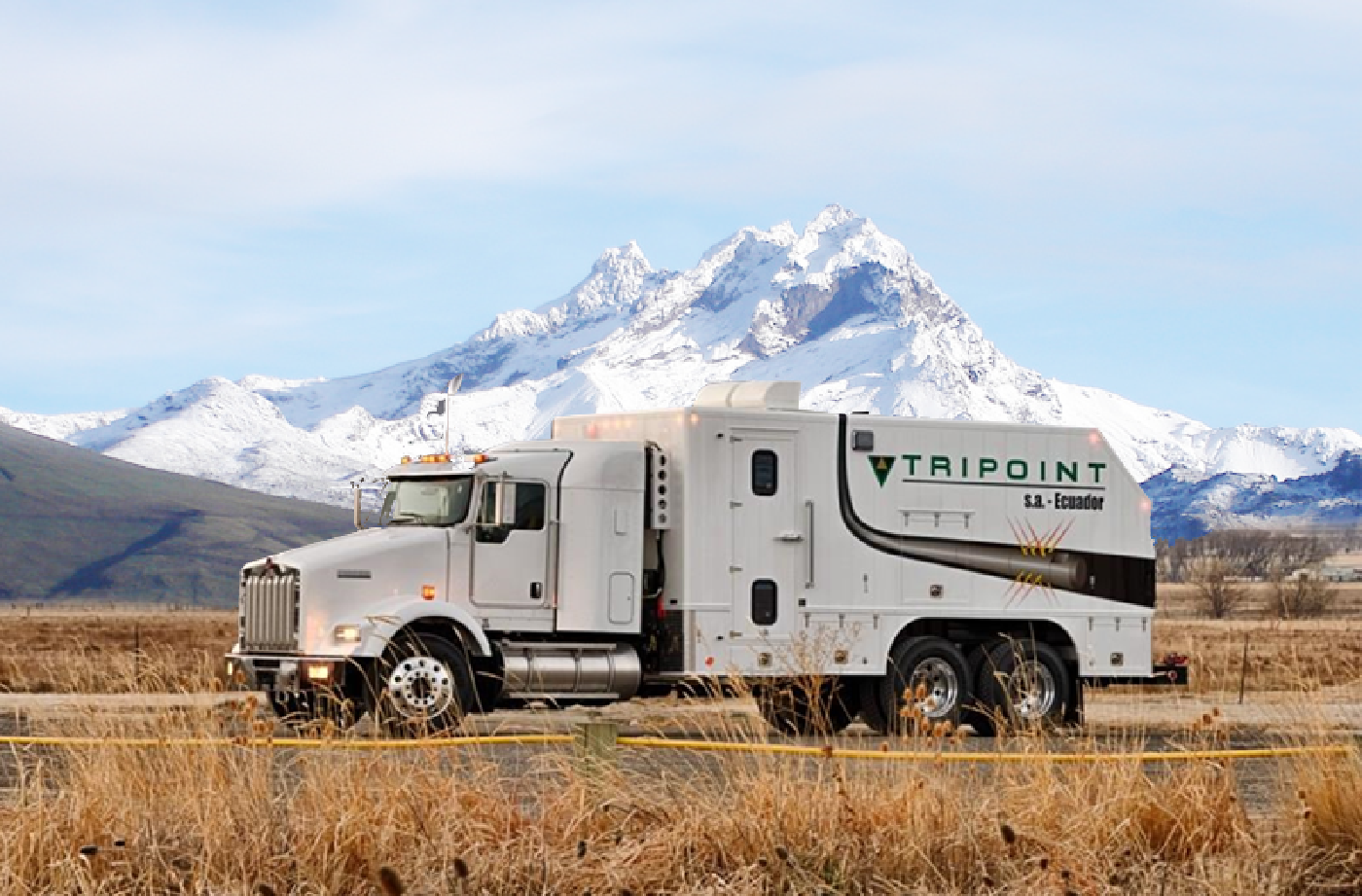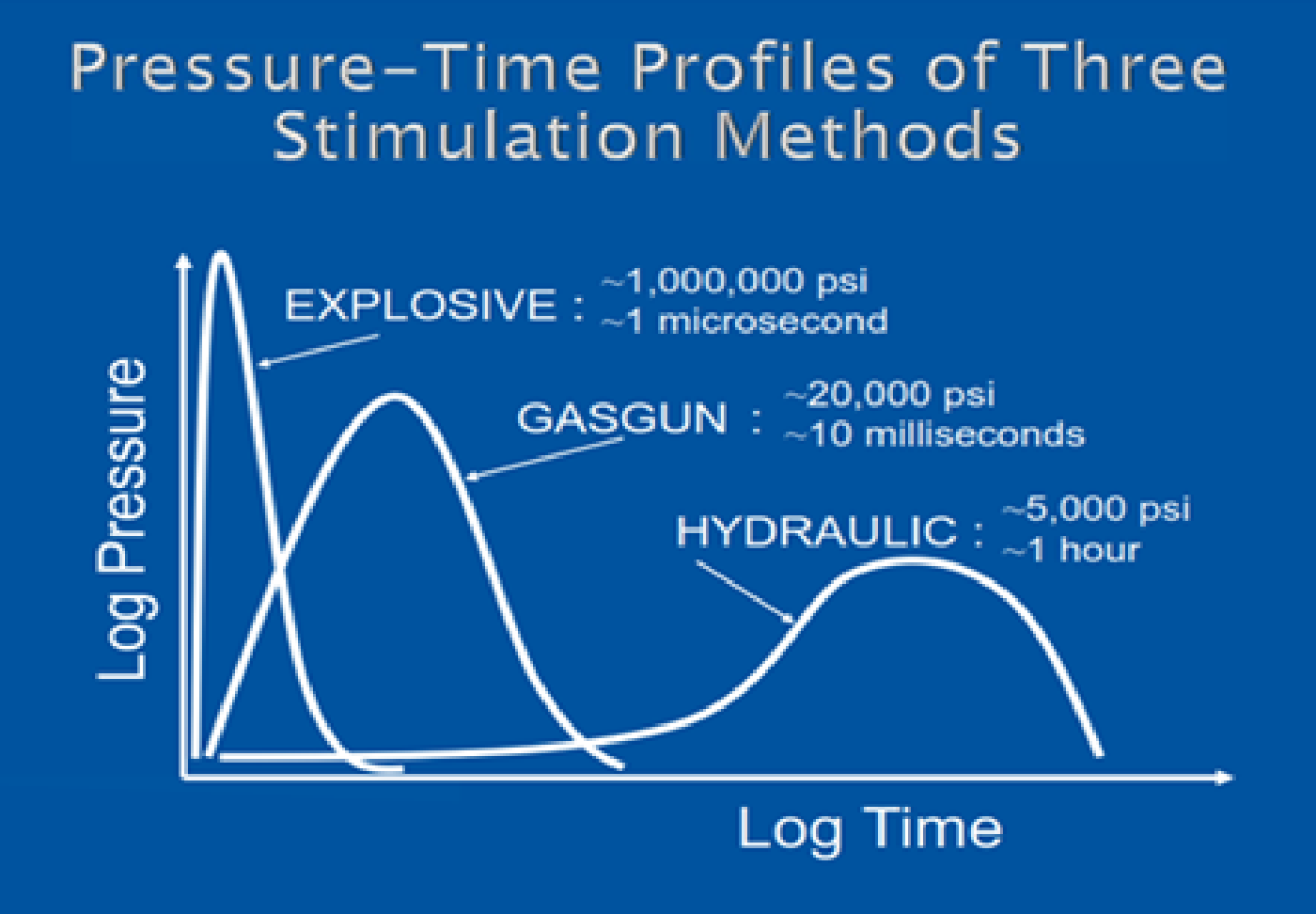
Tripoint S.A. Offers Services of Electric Surveys in case hole operations. For which we have units (double axle trucks), modern "Eclipse" cabin, systems of cable and drive cable of last generation; Warrior 8.0 Software that allows us the fast and safe development of any operation in Case Hole services such as Cement Evaluation (CBL Log), PLT Logs, Casing Gun Perfortaing, Bridge Plugs Setting, Hydraulic Production and Inyection Packers Setting, Gamma Ray- CCL formation Logs,, Gamma Ray-CCL for Correlations, Propelent Stimulation Jobs with Propellant and Pipe Recovery.

